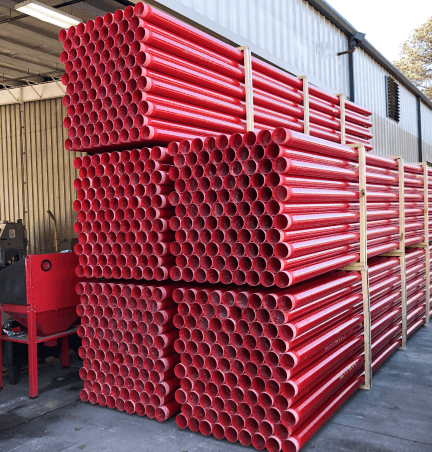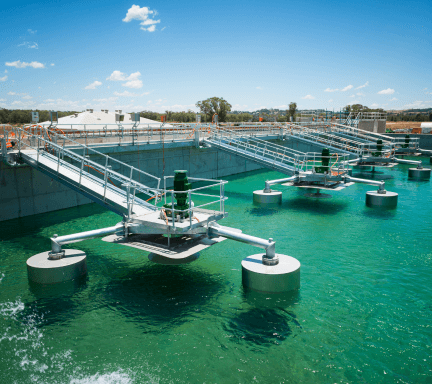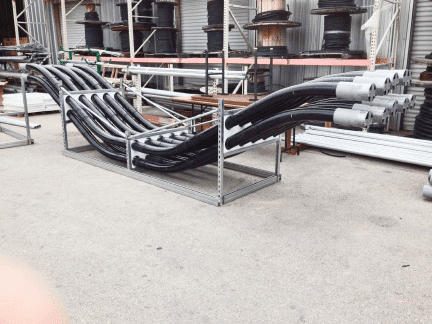Article 355 of the National Electrical Code (NEC) details the scope of accepted use, installation, and construction for fiberglass conduit, also known as reinforced thermosetting resin conduit (RTRC), and it’s associated fittings.
The code defines fiberglass conduit as “a rigid nonmetallic raceway of circular cross-section, with integral or associated couplings, connectors, and fittings for the installation of electrical conductors and cables.”
The following uses are permitted for fiberglass conduit trade size 1/2 through trade size 6:
- When concealed in walls, floors and ceilings
- When subject to corrosive environments covered in Section 300.6
- When subject to approved chemicals
- In cinder fill
- In wet conditions including dairies, laundries, canneries, or where walls are frequently washed, when the conduit system is equipped to prevent water from entering the conduit.
- In dry and damp locations not prohibited by Section 355.12
- In exposed areas
- In underground installations
While standard fiberglass conduit is not permitted for use in hazardous Class I, Division 2 locations, Champion Haz Duct(R) XW type conduit is permitted for use in Class I, Division 2 applications within the U.S. per the NEC
Fiberglass electrical conduit is suitable for use in the following applications:
- Wastewater Treatment: These facilities are damp and caustic, known for harsh chemical exposure and extreme temperatures. Fiberglass conduit offers the corrosion resistance required for these applications.
- Industrial/Commercial: Approved for above and below ground use, fiberglass conduit features UV stability and extreme corrosion resistance, making it suitable for indoor and outdoor industrial and commercial applications.
- Chemical Plants: XW type fiberglass conduit is suitable for the volatile environments found in chemical plants due to its Class I, Division 2 rating.
- Data Centers: Data center installations are known to require a significant number of elbows, making fiberglass conduit an appropriate conduit system for these applications due to it’s lack of burn-through, low coefficient of friction, and cable fault resistance.

- Port Authority/Coastal Environments: XW type fiberglass conduit offers the corrosion and UV resistance necessary for sun and saltwater exposure, as well as a wide temperature range. It’s light weight also contributes to easier installations which can be useful in challenging marine environments.
- Transportation: Fiberglass conduit burns without releasing toxic gases and offers superior field handling, making it an appropriate conduit system for transportation applications.
- Utilities: Utilities applications require durability and cost-efficiency to maintain stability from generating facilities through end-user distribution. Fiberglass conduit meets and exceeds the requirements for use in these applications.
For more information about fiberglas conduit (RTRC) uses and applications for specifying, get our Fiberglass Conduit Buyer’s Guide or contact Champion Fiberglass directly for more information.
Keep Reading
Champion Fiberglass® Named a CompositesWorld Top Shop for 2024
The origins of fiberglass date back to the ancient Greeks. Today fiberglass is used for a variety of applications from…
Get to Know Research and Development Engineer Blake Rogers
He’s got a diverse background in engineering, is new to Texas and can juggle. Meet Blake Rogers.
Electrical Conduit Cost Savings: A Must-Have Guide for Engineers & Contractors
To help identify cost savings that don’t cut corners on quality, Champion Fiberglass developed a free resource for engineers and…










